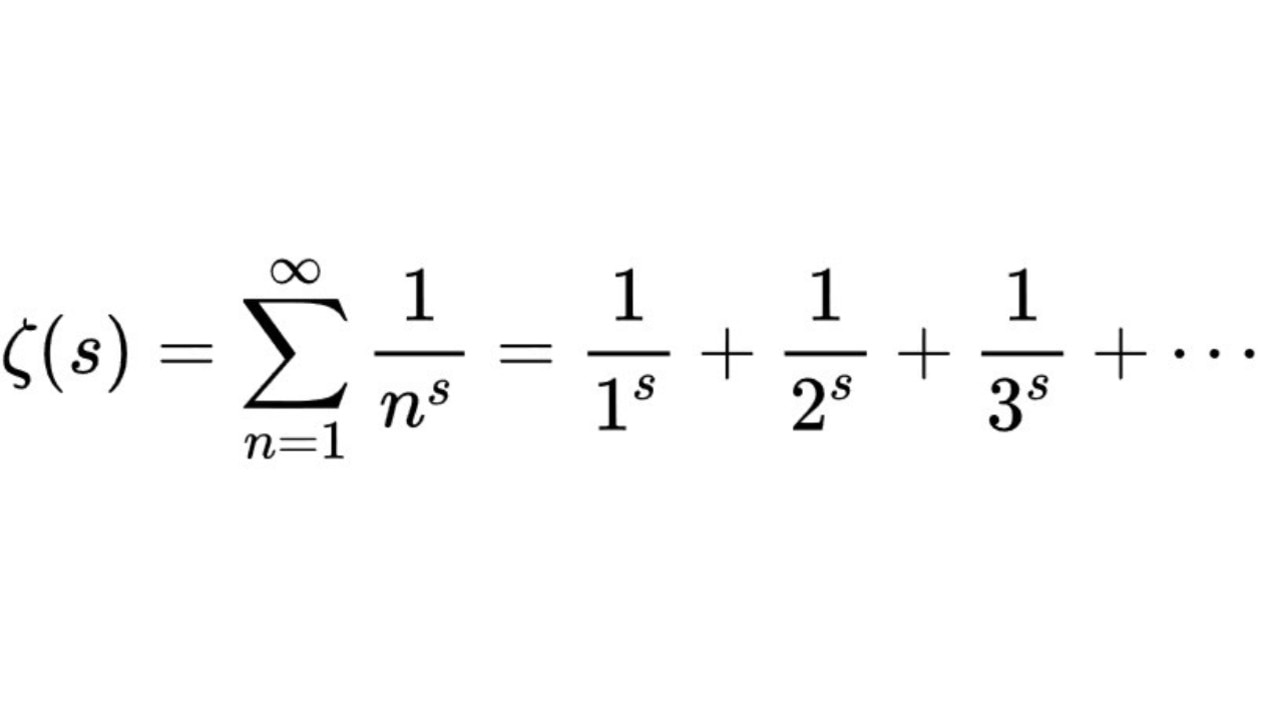Riemann hypothesis: Unsolved maths problem worth $1.6 million
An institution has offered $1.6 million to anyone who can solve the maths problem that has puzzled mathematicians for 164 years.

An institution has offered a $1.6 million prize to anyone who can solve a famous maths problem that has puzzled mathematicians for more than a century.
The Riemann hypothesis, first proposed by German mathematician Bernhard Riemann in 1859, is considered to be one of the hardest and most important unsolved problems of pure mathematics — the study of thinking about maths, rather than applying it to the real world.
The hypothesis is based on the Riemann zeta function, also attributed to Bernhard Riemann. It states: “The real part of every nontrivial zero of the Riemann zeta function is 1/2”.
The answer to the Riemann hypothesis is a simple “yes” or “no”, but there are many hypothetical ways to get there, all of which are extremely difficult.
If the answer is yes, it would have huge implications for number theory, encryption and the study of prime numbers, which is why the Riemann hypothesis is sometimes called the “holy grail of mathematics”.
There is a lot of good evidence that leads mathematicians to believe the Riemann hypothesis is true, but it still needs to be proven.

Why is the Riemann hypothesis important?
If the Riemann hypothesis is true, it would provide groundbreaking insights into the workings of prime numbers.
Mathematician, comedian and former teacher Matt Parker explained in 2010 that experts are “obsessed with primes because they are the foundation of all other numbers”.
“Prime numbers in mathematics are like atoms in chemistry, bricks in the construction industry and ludicrous pay cheques in professional football,” he said.
“Everything is built up from these fundamental units and you can investigate the integrity of something by taking a close look at the units from which it is made.
“To investigate how a number behaves you look at its prime factors, for example 63 is 3 x 3 x 7. Primes do not have factors: they are as simple as numbers get.”
On the other hand, if the Riemann hypothesis is not true, it would usurp much of what humans believe about mathematics.
As explained by South African mathematician Peter Sarnak: “If (the Riemann Hypothesis) is not true, then the world is a very different place … In a way, it would be more interesting if it were false, but it would be a disaster because we’ve built so much around assuming its truth.”
Several mathematicians have addressed the Riemann hypothesis across its 164-year history, but none of their attempts has been accepted as proof. The Clay Mathematicians Institute of Cambridge, Massachusetts has offered US$1 million (A$1.6 million) to anyone who can verifiably solve the problem.

$1.6 million award for solving the Riemann hypothesis
In 2000, the Riemann hypothesis was designated as a Millennium Problem, one of seven mathematical problems that are deemed to be crucial to increasing and disseminating mathematical knowledge.
More Coverage
“This has been checked for the first 10,000,000,000,000 solutions,” the institute says of the Riemann hypothesis.
“A proof that it is true for every interesting solution would shed light on many of the mysteries surrounding the distribution of prime numbers.”
Anyone who solves any one of the seven Millennium Problems is entitled to the million-dollar bounty.






